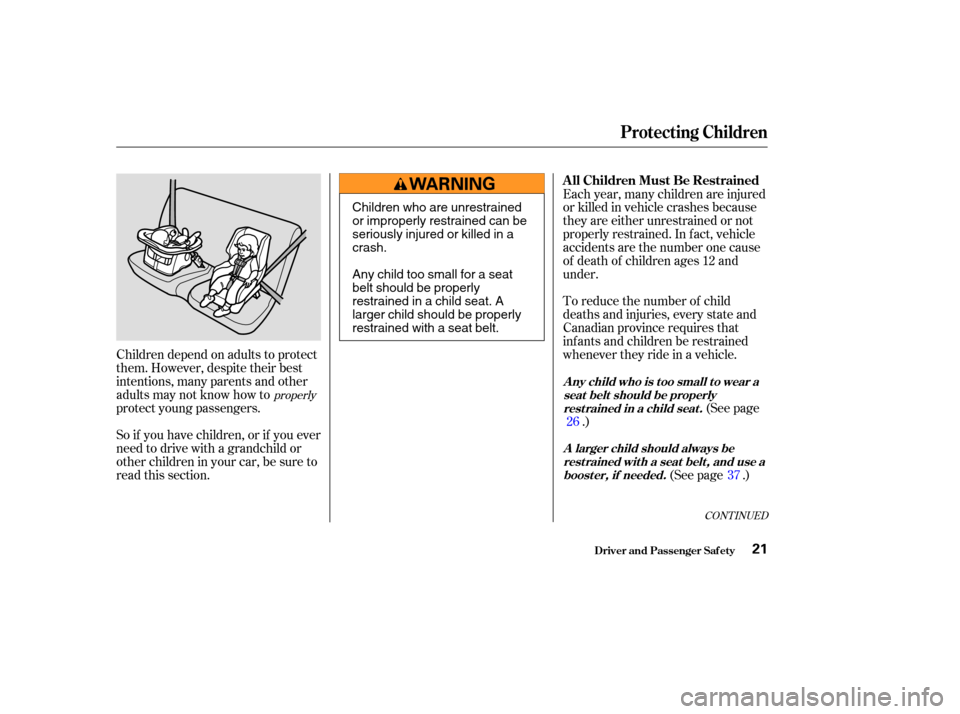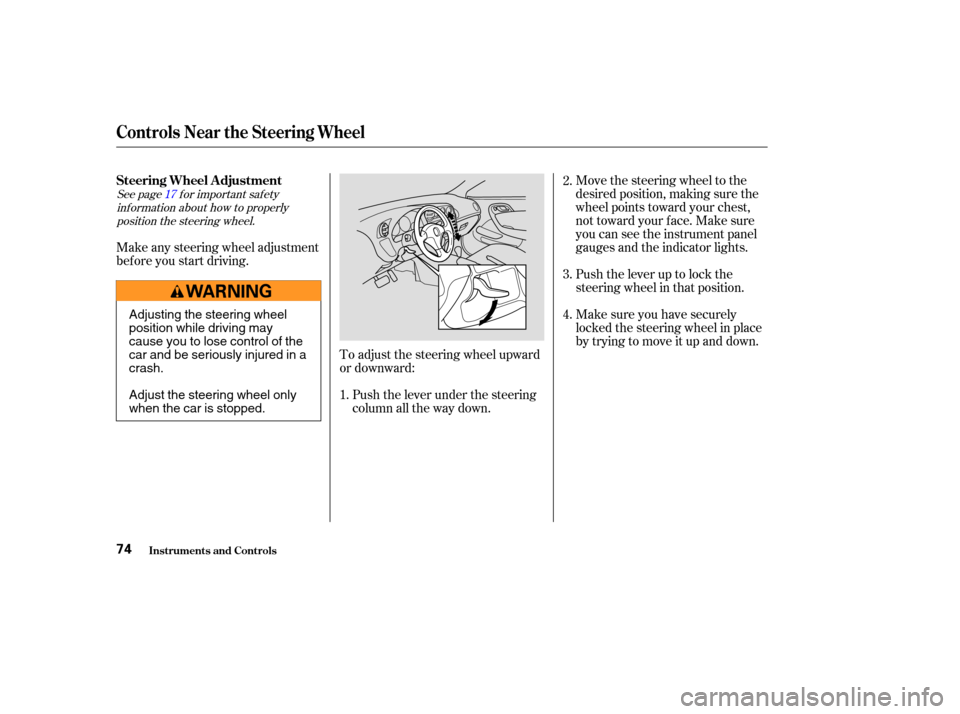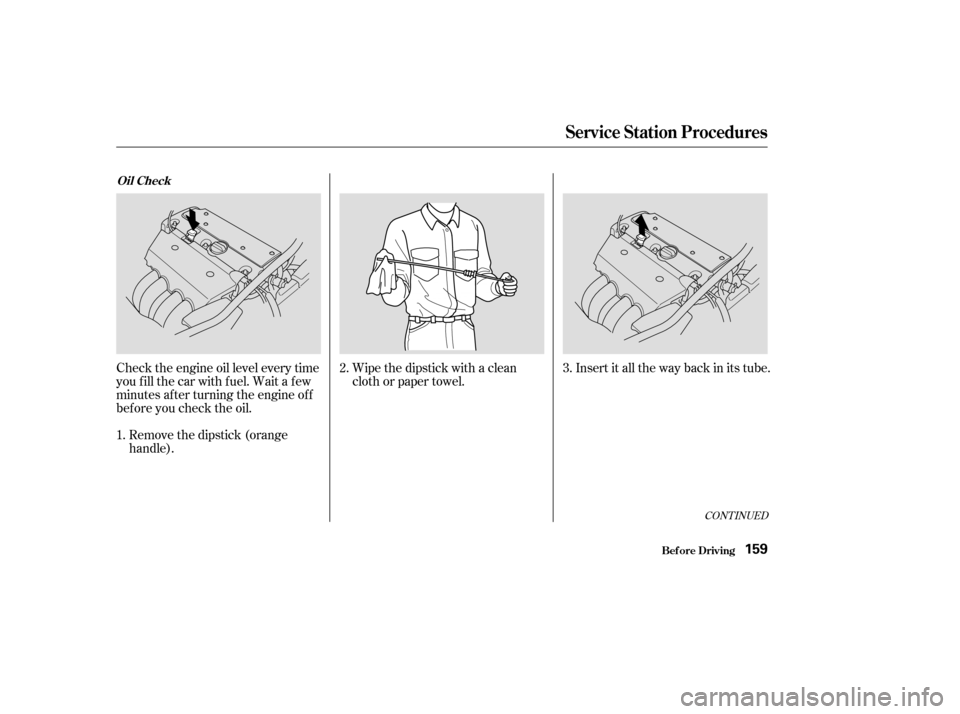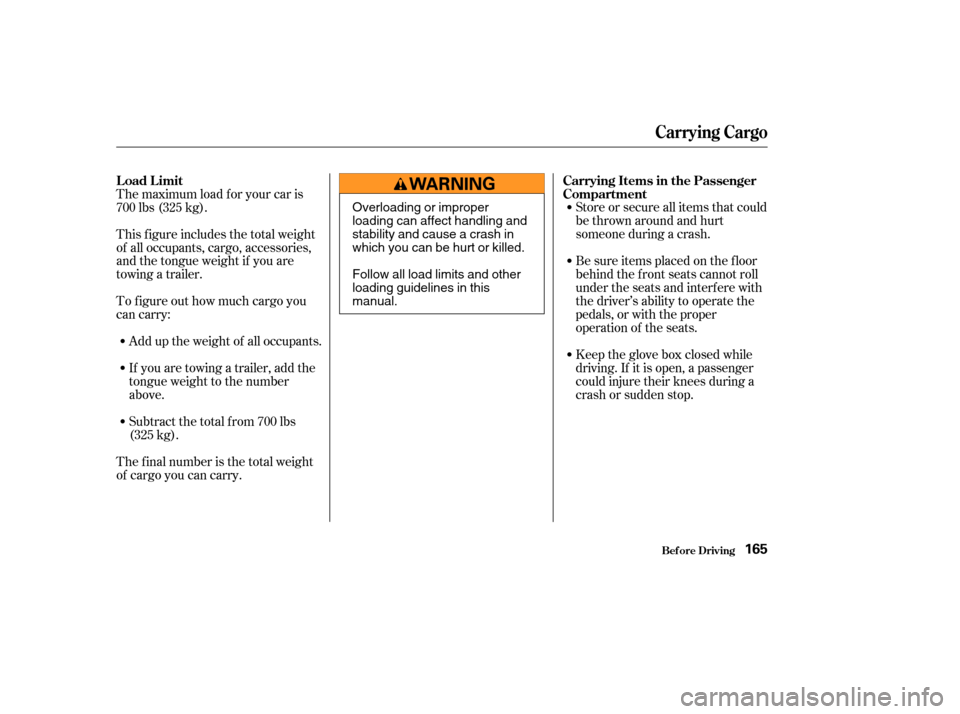tow Acura RSX 2003 Owner's Manual
[x] Cancel search | Manufacturer: ACURA, Model Year: 2003, Model line: RSX, Model: Acura RSX 2003Pages: 320, PDF Size: 4.24 MB
Page 1 of 320

2003 RSX Online Reference Owner's Manual
Use these links (and links throughout this manual) to navigate through\
this reference.
For a printed owner's manual, click on authorized manuals or go to www.h\
elminc.com.
Contents
Owner's Identification Form
Introduction ........................................................................\
................................................................. i
A Few Words About Safety ........................................................................\
......................................... ii
Your Car at a Glance ........................................................................\
................................................... 2
Driver and Passenger Safety ........................................................................\
...................................... 5
Proper use and care of your car's seat belts, and Supplemental Restraint\
System.
Instruments and Controls ........................................................................\
......................................... 57
Instrument panel indicator and gauge, and how to use da shboard and steering column controls.
Comfort and Convenience Features ........................................................................\
...................... 101
How to operate the climate control system, the audio system, and other c\
onvenience features.
Before Driving........................................................................\
.......................................................... 153
What gasoline to use, how to break -in your new car, and how to load luggage and other cargo.
Driving ........................................................................\
...................................................................... 167
The proper way to start the engine, shift the transmission, and park, pl\
us towing a trailer.
Maintenance ........................................................................\
............................................................. 193
The Maintenance Schedule shows you when you need to take your car to the\
dealer.
Appearance Care ........................................................................\
...................................................... 253
Tips on cl eaning and protecting your car. Things to look for if your car ever need\
s body repairs.
Taking Care of the Unexpected ........................................................................\
.............................. 261
This section covers several problems motorists sometimes experience, and\
how to handle them.
Technical Information ........................................................................\
............................................. 287
ID numbers, dim ensions, capacities, and technical information.
Warranty and Customer Relations (U.S. and Canada) ................................................................301
A summary of the warranties covering your new Acura, and how to contact \
us.
Authorized Manuals (U.S. only) ........................................................................\
.............................. 306
How to order manuals and other technical li terature.
Index........................................................................\
........................................................................\
...... I
Service Information Summary
A summary of information you need when you pull up to the fuel pump.
Page 20 of 320

Adjust the steering wheel, if needed,
so that the wheel points toward your
chest, not toward your f ace.
Pointing the steering wheel toward
your chest provides optimal
protection f rom the airbag.
See page f or how to adjust the
steering wheel.
See page f or additional
inf ormation about your seat belt
system and how to take care of your
belts. This could cause
very serious injuries in a crash.
If a seat belt does not seem to work
as it should, it may not protect the
occupant in a crash.
Anyone using a seat belt that is
not working properly can be
seriously injured or killed. Have your
Acura dealer check the belt as soon
as possible.
44
74
A djust the Steering Wheel
5.
Protecting Adults
Driver and Passenger Saf ety
Never place t he shoulder port ion of a
lap/shoulder belt under your arm orbehind your back.
No one should
sit in a seat wit h an inoperat ive seat belt.
17
Improperly positioning the seat
belts can cause serious injury
or death in a crash.
Make sure all seat belts are
properly positioned before
driving.
Page 24 of 320

(See page
.)
To reduce the number of child
deaths and injuries, every state and
Canadian province requires that
inf ants and children be restrained
whenever they ride in a vehicle. Each year, many children are injured
or killed in vehicle crashes because
they are either unrestrained or not
properly restrained. In f act, vehicle
accidents are the number one cause
of death of children ages 12 and
under.
Children depend on adults to protect
them. However, despite their best
intentions, many parents and other
adults may not know how to
protect young passengers.
So if you have children, or if you ever
need to drive with a grandchild or
otherchildreninyourcar,besureto
read this section. (See page .)
26
37
properly
CONT INUED
Driver and Passenger Saf ety
Protecting Children
All Children Must Be Restrained
Anychildwhoistoosmalltowearaseat belt should be properlyrest rained in a child seat .
A larger child should always berest rained wit h a seat belt , and use aboost er, if needed.
21
Children who are unrestrained
or improperly restrained can be
seriously injured or killed in a
crash.
Any child too small for a seat
belt should be properly
restrained in a child seat. A
larger child should be properly
restrained with a seat belt.
Page 36 of 320

Forproperprotection,aninfantmust
ride in a reclined, or semi-reclined
position. To determine the proper
reclining angle, check with the baby’s
doctor or f ollow the seat maker’s
recommendations.
To achieve the desired reclining
angle, it may help to put a rolled up
towel under the toe of the child seat,
as shown.When properly installed, a rear-
f acing child seat may prevent the
driver or a f ront-seat passenger f rom
moving the seat as far back as
recommended (see page ). Or it
may prevent them f rom locking the
seat-back in the desired upright
position (see page ).
In either case, we recommend that
you place the child seat directly
behind the f ront passenger seat,
move the front seat as far forward as
needed, and leave it unoccupied. Or
you may wish to get a smaller child
seat that allows you to safely carry a
f ront passenger.
13
14
Protecting Children
Driver and Passenger Saf ety
Rear-Facing Child Seat Inst allat ion Tips
33
Page 43 of 320

Supervise the child. Even mature
children sometimes need to be
reminded to f asten the seat belts
or sit properly.
If you decide that a child can saf ely
ride up f ront, be sure to:
Caref ully read the owner’s manual
and make sure you understand all
seat belt instructions and all saf ety
inf ormation.
Move the vehicle seat to the rear-
most position.
Have the child sit up straight, back
against the seat, and feet on or
near the f loor.
Check that the child’s seat belt is
properly positioned and secured.
Of course, children vary widely. And
while age may be one indicator of
when a child can saf ely ride in the
f ront, there are other important
f actors you should consider.
Physically, a child must be large
enough f or the lap/shoulder belt to
properly f it over the hips, chest, and
shoulder (see pages and ). If
the seat belt does not f it properly,
the child should not sit in the f ront.
To saf ely ride in f ront, a child must
be able to f ollow the rules, including
sitting properly and wearing the seat
belt properly throughout a ride. Remind the child not to lean toward
the door because of the side airbag.
16 38
Physical Size
Maturity
Protecting Children
Driver and Passenger Saf ety40
Page 77 of 320

See page f or important saf etyinf ormation about how to properlyposition the steering wheel. 17
Make any steering wheel adjustment
bef ore you start driving.
To adjust the steering wheel upward
or downward:Push the lever under the steering
column all the way down. Move the steering wheel to the
desired position, making sure the
wheel points toward your chest,
not toward your f ace. Make sure
you can see the instrument panel
gauges and the indicator lights.
Push the lever up to lock the
steering wheel in that position.
Make sure you have securely
locked the steering wheel in place
by trying to move it up and down.
1. 3.
4. 2.
Controls Near the Steering Wheel
Inst rument s and Cont rols
Steering Wheel A djustment
74
Adjusting the steering wheel
position while driving may
cause you to lose control of the
car and be seriously injured in a
crash.
Adjust the steering wheel only
when the car is stopped.
Page 162 of 320

Wipe the dipstick with a clean
cloth or paper towel.Insert it all the way back in its tube.
Remove the dipstick (orange
handle).
Check the engine oil level every time
you f ill the car with f uel. Wait a f ew
minutes af ter turning the engine of f
bef ore you check the oil.
2.
3.
1.
CONT INUED
Oil Check
Service Station Procedures
Bef ore Driving159
Page 167 of 320

Your car has several convenient
storage areas so you can stow cargo
saf ely.
The glove box, and the pockets in
the doors and on the passenger’s
seat-back are designed f or small,
lightweight items. The cargo area is
intended f or larger, heavier items. In
addition, the back seat can be f olded
down to allow you to carry more
cargoorlongeritems.
However, carrying too much cargo,
or improperly storing it, can af f ect
your car’s handling, stability, and
operation, and make it unsaf e.
Bef ore carrying any type of cargo, be
sure to read the f ollowing pages.
Carrying Cargo
Bef ore Driving164
Page 168 of 320

Store or secure all items that could
be thrown around and hurt
someone during a crash.
Be sure items placed on the f loor
behind the f ront seats cannot roll
under the seats and interf ere with
the driver’s ability to operate the
pedals, or with the proper
operation of the seats.
Keep the glove box closed while
driving. If it is open, a passenger
could injure their knees during a
crash or sudden stop.
This f igure includes the total weight
of all occupants, cargo, accessories,
and the tongue weight if you are
towing a trailer.
To f igure out how much cargo you
can carry:
Add up the weight of all occupants.
If you are towing a trailer, add the
tongue weight to the number
above.
The f inal number is the total weight
of cargo you can carry. Subtract the total f rom 700 lbs
(325 kg).
The maximum load for your car is
700 lbs (325 kg).
Carrying Items in the Passenger
Compartment
Load Limit
Carrying Cargo
Bef ore Driving165
Overloading or improper
loading can affect handling and
stability and cause a crash in
which you can be hurt or killed.
Follow all load limits and other
loading guidelines in this
manual.
Page 170 of 320

This section gives you tips on
starting the engine under various
conditions, and how to operate the
5-speed and 6-speed manual
transmissions and automatic
transmission. It also the includes
important inf ormation on parking
your car, the braking system, and
f acts you need if you are planning to
tow a trailer.........................
Preparing to Drive .168
.......................
Starting the Engine .169
Starting in Cold Weather ....................
at High Altitude .169
5-speed and 6-speed .........
Manual Transmissions . 170
.....
Recommended Shif t Points . 171
..............
Engine Speed Limiter . 171
.......................
Reverse Lockout .172
..............
Automatic Transmission . 173
.
Shif t Lever Position Indicator . 173
................
Shif t Lever Positions . 173
..............
Engine Speed Limiter . 178
....................
Shif t Lock Release . 179
...........................................
Parking .180
.....................
The Braking System .181
.............
Brake Wear Indicators . 181
...............
Brake System Design . 182
.......................
Anti-lock Brakes .182
Important Saf ety .........................
Reminders .183
........................
ABS Indicator .183
...............
Driving in Bad Weather . 184
...........................
Towing a Trailer .186
Driving
Driving167